I am trying (and failing) to find a given string in the HeaderRowRange of a ListObject. I would like to pull the ListObject-Column Count (not the spreadsheet-column count). I am trying to address with using ".index", however, it is running into an error. What is wrong with the below code?
See screenshot to understand better my goal: w/in the ListObject Column3 is the 3rd column, while w/in the worksheet it is column 6 (column F). I want the j in my code to be 3 (not 6).
Sub MWE()
Dim wb As Workbook: Set wb = ThisWorkbook
Dim ws As Worksheet: Set ws = wb.Sheets("worksheet1")
Dim lo As ListObject: Set lo = ws.ListObjects("table1")
Dim j As Long: j = lo.HeaderRowRange.Find("Column3", LookIn:=xlValues, LookAt:=xlWhole).Index
End Sub


